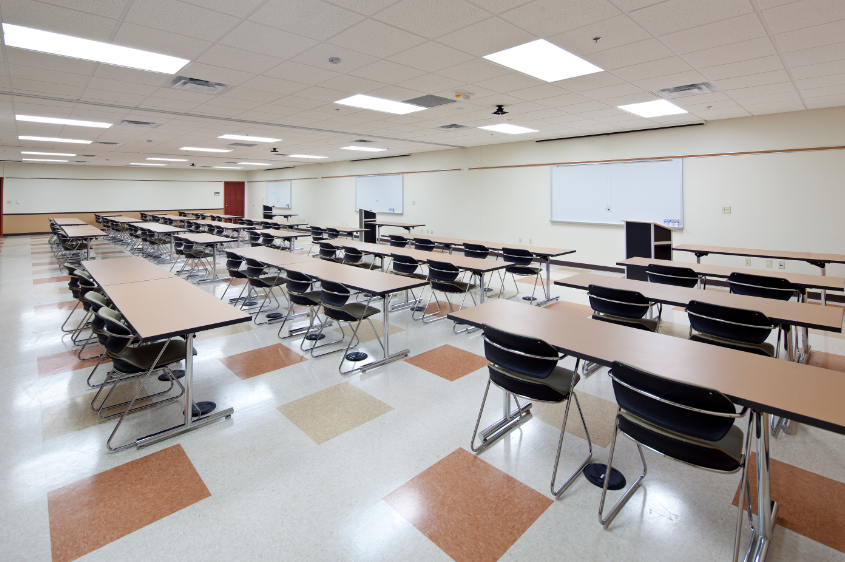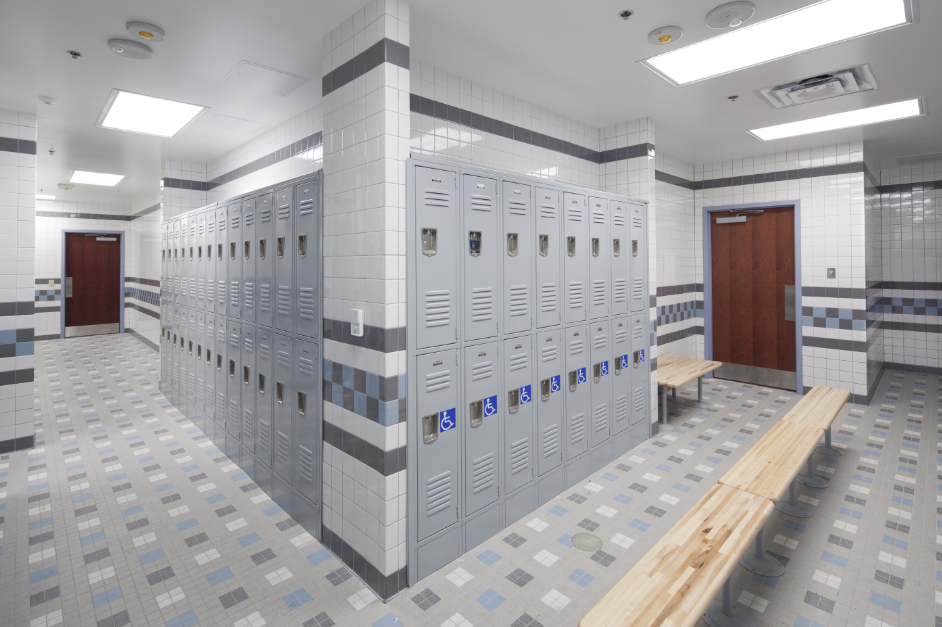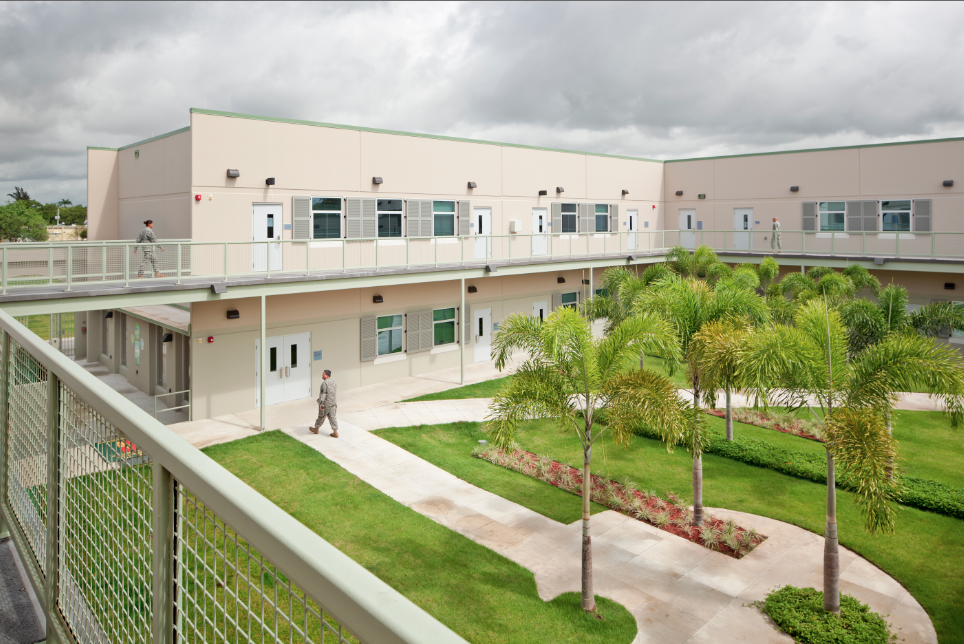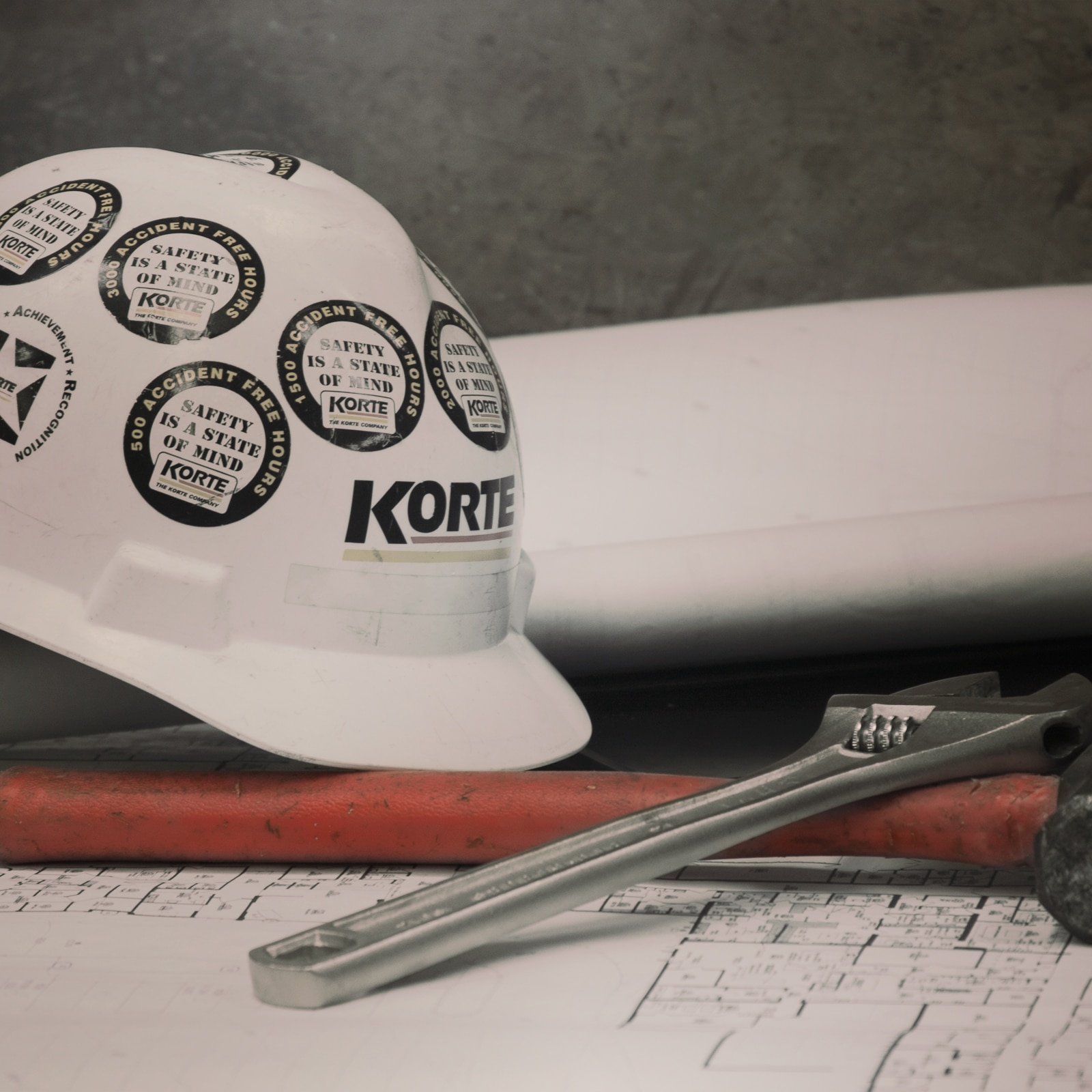It’s that time of year again. Summer is winding down, pools are closing up shop and the big yellow school buses are firing up for their daily rounds. Kids everywhere are prepping for another chance to learn their ABCs and we at The Korte Company can relate.
No, this isn’t a blog post about the countless hours of continuing education posts that our employees complete on the regular. They do of course, but this isn’t that type of story. Instead, it’s a look highlighting the fact that the facilities we build for the U.S. Armed Forces, and those in the educational sector, greatly complement one another. The end result: there are synergies gained by having knowledge and experience in both areas that can benefit the end user – our clients.
Basics of AFRC construction
In making the comparison of school construction and AFRC construction, one must first understand the building needs of the AFRC. These school-like facilities all have offices, classrooms, dining areas, training rooms, IT space, locker rooms, large meeting rooms, physical fitness rooms and even hallways with lockers. Their blueprint is consistently that of a school. And the similarities don’t stop here.

Blend of durability and economy
A chief reason we’ve found success in building for the Armed Forces is our ability to consistently deliver durable buildings on time and within a tight budget.
For instance, there are certain areas where an AFRC wants very hard walls, like CMU or Tilt-Up concrete. And there are areas where drywall may be a more efficient use of funds. Our specialty lies in the ability to always deliver a solution that best fits the project’s needs. And that includes everything from mechanical and electric plans to the most efficient HVAC solutions based on scope of project, budget parameters and schedule.

What does all of that mean? It means we get done faster and less expensive than others. And that’s always a top priority for both AFRC construction and school construction. Our ability to intersect durability and economy is very important for any community looking to get the most out of their school construction project.
LEED certified
Communities take innovation in school construction very seriously. A school is often the crown jewel of a community. It’s a big investment that needs to have longevity. Additionally, it needs to be built to the most modern of standards, and it should be built to leave minimal environmental impact. So advanced school construction delivery methods like LEED-certified capabilities are very crucial.
Being well-versed in government building and AFRC construction, putting nature first comes second nature to us. While a school might not focus on LEED certification from top to bottom, sustainability in certain aspects like mechanical and HVAC systems will always play a key role.
Similar in size and design
When it comes to size and design, AFRCs and schools are often comparable. It’s not just the shared building needs we mentioned in the section titled “Basics of AFRC construction” but aesthetic and unique design principles as well. Both AFRCs and schools typically require more day lighting and more open space. Both facilities need to cultivate an environment that promotes the educational experience.

Additionally, an AFRC is a campus just like a school. There’s one feature building surrounded by several smaller buildings including training facilities, auto shops, storage areas and large amounts of pavement.
Low-maintenance facility
For AFRC construction, one thing that is always a factor is the need for the construction company to always deliver a low-maintenance facility. The budget for construction is always tight, but ongoing maintenance isn’t always in the cards. And maintenance is a focal point of any operating budget. These are soldiers using these facilities. They’re rough, tough – they’re hard on things.
Schools are no different. Schools need to designed and built as low-maintenance facilities as well. While a group of soldiers can put wear and tear on a building, junior high students can certainly give them a run for their money. Additionally, a community typically exhausts most of their school construction budget on the initial build. They don’t have the money or the time for the interruptions that ongoing construction and maintenance creates.
Safety is of the utmost importance
Last, but certainly not least – safety. We’re not at liberty to go into detail about the safety and security our AFRC facilities are built to have, but we can tell you they’re built to anti-terrorism standards. Safety zones, drop-off zones, buffer zones – yes sir, we’re experts in them all. But that’s not it. We’re well versed in electronic security systems like card access to get into the building. And you can’t forget the back-up generators in case a bad storm hits – those are vital too.
So, is school construction and AFRC construction the same?
Not exactly. But, one would be challenged to argue that they don’t come from the same gene pool. While we’re proud of all of our construction projects – those for our kids, as well as those for our soldiers, hold a special place in our heart.
